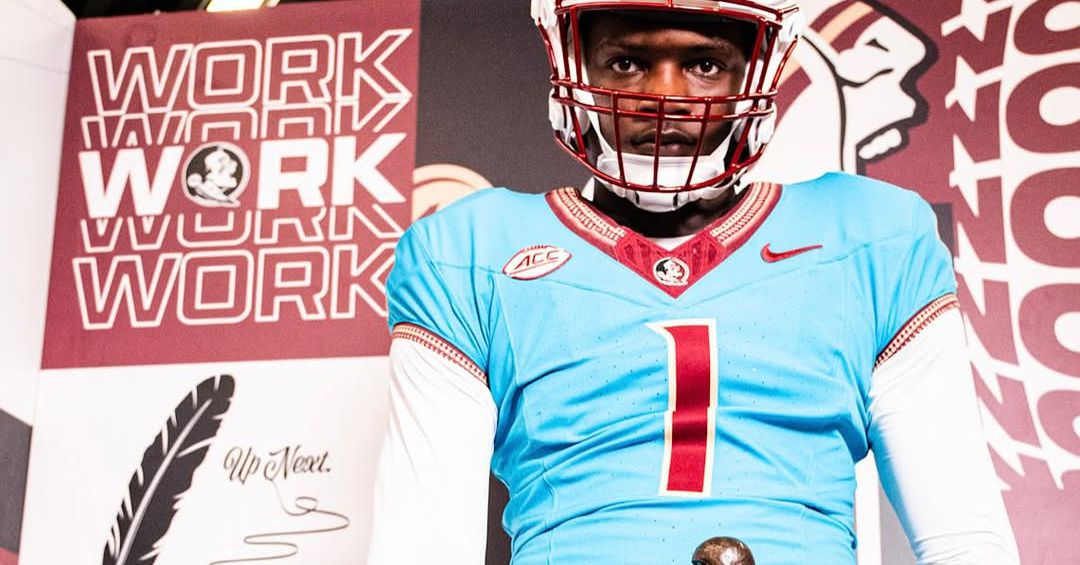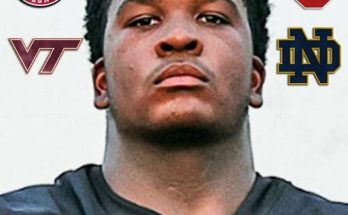In a candid and consequential address to media and stakeholders, Texas A&M athletic director Trev Alberts laid bare the new fiscal reality facing not only his university, but collegiate athletic departments across the country. In the aftermath of the landmark House v. NCAA settlement, which effectively redefines the economic model of college sports, Alberts announced a series of bold decisions aimed at preserving the long-term stability and competitive viability of Texas A&M athletics.
The House settlement, a $2.8 billion agreement that ends years of litigation over athletes’ rights to revenue sharing, is reshaping the power dynamics of college athletics overnight. For programs like Texas A&M, which boast large-scale athletic operations and compete at the highest levels of the NCAA, the implications are both immediate and massive. The deal not only compels the NCAA and its schools to compensate athletes directly for their participation and market value, but also forces a recalibration of how departments budget, prioritize, and sustain their operations moving forward.
Alberts, never one to sugarcoat reality, stepped to the podium with a clear message: change is not only inevitable—it’s already happening. His remarks were direct and tinged with urgency. “This is not a drill,” he said. “We are entering a fundamentally new era in college athletics. If we don’t adapt, we will fall behind. Period.”
Among the most significant announcements was a series of financial cutbacks aimed at realigning the department’s budget with a model that anticipates direct athlete compensation in the very near future. These include trimming administrative overhead, consolidating support services, and potentially phasing out or scaling down certain non-revenue sports—an outcome that, while painful, Alberts described as necessary for the greater good of the department’s future.
“Every dollar must now be accounted for in a way it never has been before,” Alberts said. “We owe it to our student-athletes—past, present, and future—to ensure that this department is positioned not just to survive, but to thrive in this new era.”
One of the first areas to be targeted is the proliferation of administrative roles and overlapping staff responsibilities that have ballooned over the past decade. Alberts indicated that a full departmental audit had revealed numerous redundancies and inefficiencies that can no longer be sustained under the new economic model. Staff restructuring and reorganization will begin immediately, with an emphasis on streamlining departments and reallocating resources directly toward student-athlete support and competitive success.
In addition, Alberts confirmed that several facility upgrades and capital improvement projects would be put on hold indefinitely. “We have to make sure every brick we lay and every dollar we spend is justified by competitive necessity or a direct return on investment,” he stated. “This is no longer about keeping up with the arms race—it’s about staying alive in it.”
While these announcements may seem jarring, Alberts was careful to frame the changes as part of a proactive strategy rather than reactive desperation. “Texas A&M is in a strong position relative to many of our peers,” he noted. “We have robust donor support, a loyal fanbase, and one of the most competitive brands in college sports. But that doesn’t make us immune to change—it obligates us to lead it.”
That leadership was evident in the other major component of Alberts’ plan: a comprehensive reevaluation of NIL and athlete revenue-sharing strategies. As part of the House settlement, schools will now have a clearer pathway to directly compensate athletes in partnership with collectives, sponsors, and university-driven initiatives. Texas A&M, long a player in the NIL space, is now formalizing a new department within athletics specifically focused on NIL optimization, athlete branding, and revenue generation.
“We are building what we call the ‘Athlete Value Program,’” Alberts said. “It’s a holistic approach that combines NIL strategy, education, branding, and financial literacy to ensure our athletes maximize the opportunities available to them in this new model.”
This new department will work closely with the 12th Man Foundation and other donor-driven entities to create sustainable revenue channels that support not just marquee sports like football and men’s basketball, but also women’s programs and Olympic sports. Alberts emphasized that the goal is not to create a caste system within athletics, but to find equilibrium in a landscape that now places direct monetary value on athletic performance and marketability.
Perhaps most striking, though, was Alberts’ acknowledgment that the old rules of college athletics—unwritten and otherwise—no longer apply. “We have lived for too long in a system built on contradictions,” he said. “We called it amateurism, but we operated like professionals. We said it was about education, but we made billions on media rights. That’s over. The curtain has been pulled back, and now it’s time to act accordingly.”
That honesty, rare in public collegiate administration, resonated with many who have long watched from the sidelines as lawsuits, collectives, and media rights tore away at the traditional NCAA structure. The House settlement, in Alberts’ eyes, is not just an end—it’s a beginning. And Texas A&M, he insists, will not be caught unprepared.
While he did not mince words about the difficulty of the coming years, Alberts expressed confidence that the Aggies are uniquely positioned to excel. With the SEC’s expanding media reach, elite recruiting pipelines, and a dedicated alumni network, A&M has the raw materials to not just adapt, but thrive in the new paradigm.
Still, he made clear that the days of complacency are over. “This is a watershed moment,” he said. “Every athletic director in America just got a wake-up call. The question is: who’s willing to answer it with real action?”
Alberts also touched on the potential for future revenue sharing models to be codified into SEC policy, hinting at forthcoming conversations with Commissioner Greg Sankey and other conference leaders. He suggested that schools like A&M, Alabama, and Georgia may need to shoulder more responsibility as economic bellwethers of the league. “The SEC is the gold standard,” he said. “And being the gold standard means you sometimes have to go first—even when it’s uncomfortable.”
In terms of broader vision, Alberts noted that his goal is to create a self-sustaining athletic department that balances competitive excellence with financial responsibility. “We are not just reacting to the settlement,” he said. “We are using it as a catalyst to build something smarter, leaner, and more honest.”
The impact of the House settlement will be felt unevenly across the college landscape. Smaller schools with limited budgets may struggle to meet the demands of athlete revenue-sharing, while Power Five programs will face hard decisions about how to protect their brand and maintain national competitiveness. For Texas A&M, the challenge is clear—but so is the opportunity.
“We can be a model for the next generation of college athletics,” Alberts said in closing. “It won’t be easy. There will be pain. But in that pain, there is also promise.”
As the dust settles on a once-unimaginable legal victory for college athletes, and as schools scramble to realign their budgets, philosophies, and identities, Texas A&M is taking its stand. Under Trev Alberts’ leadership, it’s a stand defined not by fear—but by foresight, bold action, and a willingness to embrace the new reality of college sports head-on.



